Call Flow Boss – Regulation Needed to Protect AltNet Broadband ISPs
The Managing Director and Founder of broadband ISP Call Flow Solutions, Andy Conibere, has told ISPreview.co.uk that the future could be “very bright“, provided regulation is introduced to protect alternative networks from being “unfairly squeezed out by the dominant suppliers” (BT, Virgin Media etc.).
Call Flow probably isn’t as much of a household name as similar AltNet ISPs, such as Hyperoptic or Gigaclear, but they should be. The ISP started life in 2002 by serving customers in Kent and over the past fifteen years they’ve expanded to reach homes and businesses in parts of East Sussex, Hampshire and Berkshire (Southern England).
On top of that they’ve also taken part in one of the Government’s rural broadband pilots for Hampshire (here) and have won part of a Broadband Delivery UK contract for Berkshire (here). As an ISP they claim to build “cost effective” superfast and ultrafast broadband networks in areas that the “Big 2” (BTOpenreach and Virgin Media) deem “commercially unviable” (i.e. the ‘final 5%’), yet it is important to note that this includes both rural and urban networks (their latest roll-out was in central Windsor).
In keeping with that Call Flow operates a hybrid engineering model, which applies to both their core/backhaul side as well as the distribution (“last mile“) part of the network. In other words they deploy the best option for the job, which could involve Fixed Wireless Access (FWA), Fibre-to-the-Premise (FTTP) and / or Sub Loop Unbundling (SLU) based Fibre-to-the-Cabinet (FTTC / VDSL2).
Call Flow are also one the few ISPs to have made extensive use of the Physical Infrastructure Access (PIA) product (i.e. sharing BT’s cable ducts and poles) and they’re already hopeful that Ofcom’s new Strategic Review improvements (e.g. Cable Duct and Pole Access and Dark Fibre) will help to foster their plans for a “rapid network expansion“.
“[We are] planning to deploy proportionally more FTTP in the future,” said Andy Conibere in our exclusive interview. However Andy cautions that this will only happen if Ofcom’s changes are “implemented quickly and efficiently … [but] I remain to be convinced that this will be achieved in the near term based on current experience.”
Andy, who use to work for BT, has also called for new “regulation around dominant providers” that could prevent big operators’ (e.g. Openreach) from overbuilding ultrafast networks, such as those being built by smaller AltNets like Call Flow. But applying this to purely commercial deployments (e.g. Virgin), as well as those that use state aid, could present some competition issues.
The Interview
1. Can you tell us a bit about the history of Call Flow, such as how you came into existence and what you do differently from the rest of the market?
ANSWER:
I established Call Flow about fifteen years ago, after spending the first 18 years of my working life in BT. Starting from an apprentice, most of my time at BT was spent in senior management positions building and maintaining networks. Obviously this is where I gained most of my network knowledge, which is proving invaluable now – especially when it comes to Sub Loop Unbundling (SLU aka FTTC), PIA (sharing BT’s ducts and poles) and deploying new underground and overhead infrastructure.
We have been deploying ‘alt-net’ broadband networks for over 13 years, initially starting as a WISP. Recognising the limits of FWA radio, we initially started deploying wired networks (copper and fibre) as expensive ‘in-fill’ to radio. However, as our expertise has grown, we have completely swapped this around and now view radio as an ‘in-fill’ to wired networks. This has been largely market lead, where there is a general preference for wired over wireless. This is mainly due to certainty of supply, connection speed and confidence in upgrade paths. As a rule of thumb we aim to keep radio to less than 20% of any network deployment, and being reserved for just the sparsest and most expensive to reach premises.
There is still a lot of BTO network that we can unbundle cost effectively and deliver FTTC to where BTO have not. As these opportunities are forecast to decrease, we are planning to deploy proportionally more FTTP in the future.
For any given area, be it urban or rural, we will usually deploy a mixture of FTTC, FTTP and radio (FWA) solutions. The mix varies depending on local topography, but the network leverages a common backhaul. This means we can achieve the highest possible coverage rate, with the majority being wired, at a cost that is much lower than most other single technology methods i.e. for that high coverage rate.
We build our core connecting network in a given area using a combination of PIA, digging in our own fibre as new-build, deploying new telegraph poles and where appropriate radio links to multi gigabit capacity.
Call Flow were involved in the initial trials and deployment of PIA since its first introduction around five years ago. Since then we have been actively taking advantage of this product, in isolation, until the last year or so. We view PIA as being an essential part of our toolkit to rapidly build cost effective networks in both rural and urban areas.
2. We note that Call Flow has deployed a number of its own hybrid-fibre and wireless broadband networks, not least with its win of a state aid supported contract in rural Berkshire and your Broadband Delivery UK pilot scheme in rural Hampshire (England).
Can you tell us a bit about the technology that you’ve deployed in Berkshire and Hampshire and what those projects have achieved?
ANSWER:
These two networks are quite different in terms of technology and build method ‘mix’, reflecting their different topographies and challenges.
Berkshire was very urban, including central Windsor. This project was almost entirely FTTC, with Call Flow unbundling 11 BTO street cabinets, including one directly opposite Windsor Castle. We opted for the majority of our cabling to take advantage of PIA as putting up new poles and digging pavements around the Queen’s 90th birthday celebrations would have met with a wall of opposition!
We have also agreed with the appropriate industry bodies to undertake a trial of BTO deploying new cabinets so we can unbundle copper that is too far from an existing DSLAM/cabinet for standard FTTC to work. BTO already deploy many such cabinets themselves, and term them CuRe cabinets – for copper rearrangement. We figure that if we can do FTTC to cabinets that BTO have decided not to, then there must be a case for us to also be able to request deployment of CuRe cabinets i.e. where it does not make sense for BTO, but does for us.
In Berkshire we are trying to deploy one such trial cabinet, and hope to have this live by the end of the year. We believe that there is no reason why this trial (with another cabinet being deployed in Kent) could be unsuccessful, and as such will be keen to get this established as a new product that BTO offer. It could be thought of as similar to Fibre To The Remote Node (FTTrN), but being something that Communications Providers (alt-nets) other than BTO can deploy.
Hampshire was a fantastic example of our hybrid model, being a full combination of FTTC (Sub Loop Unbundling), FTTP and radio (FWA). Our interconnecting network was made up of many kilometres of PIA (both ducts and poles), newly dug fibre across fields, new poles and finally several km of gigabit radio links. The initial project area was designated as being part of ‘the final 5%’ and we were able to demonstrate a c.96% coverage rate (which would be the equivalent of covering 99.8% of the UK) for costs way below those that were typically being quoted.
Mark is a professional technology writer, IT consultant and computer engineer from Dorset (England), he also founded ISPreview in 1999 and enjoys analysing the latest telecoms and broadband developments. Find me on X (Twitter), Mastodon, Facebook and Linkedin.
« TalkTalk Boost UK Network Capacity by 100Gbps for ‘The Grand Tour’
Latest UK ISP News
- FTTP (5538)
- BT (3518)
- Politics (2542)
- Openreach (2300)
- Business (2267)
- Building Digital UK (2247)
- FTTC (2045)
- Mobile Broadband (1978)
- Statistics (1790)
- 4G (1669)
- Virgin Media (1625)
- Ofcom Regulation (1467)
- Fibre Optic (1396)
- Wireless Internet (1392)
- FTTH (1382)

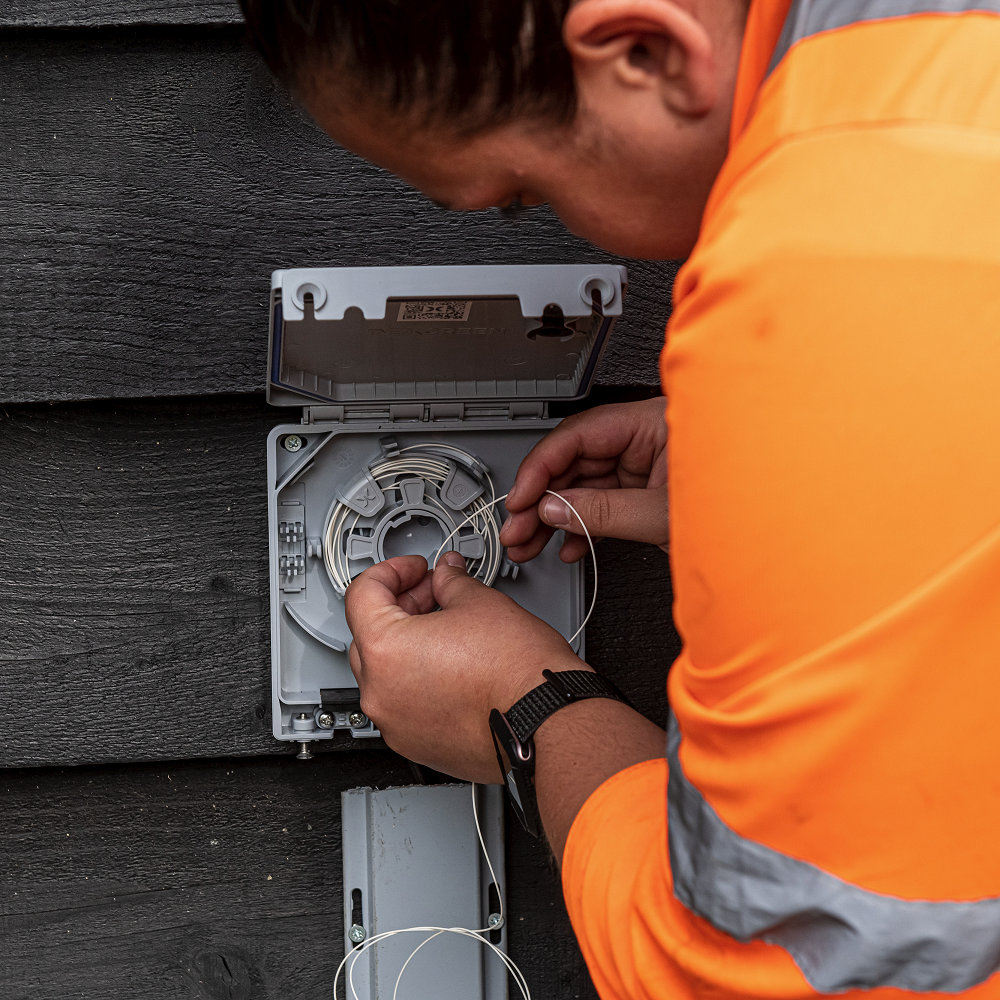

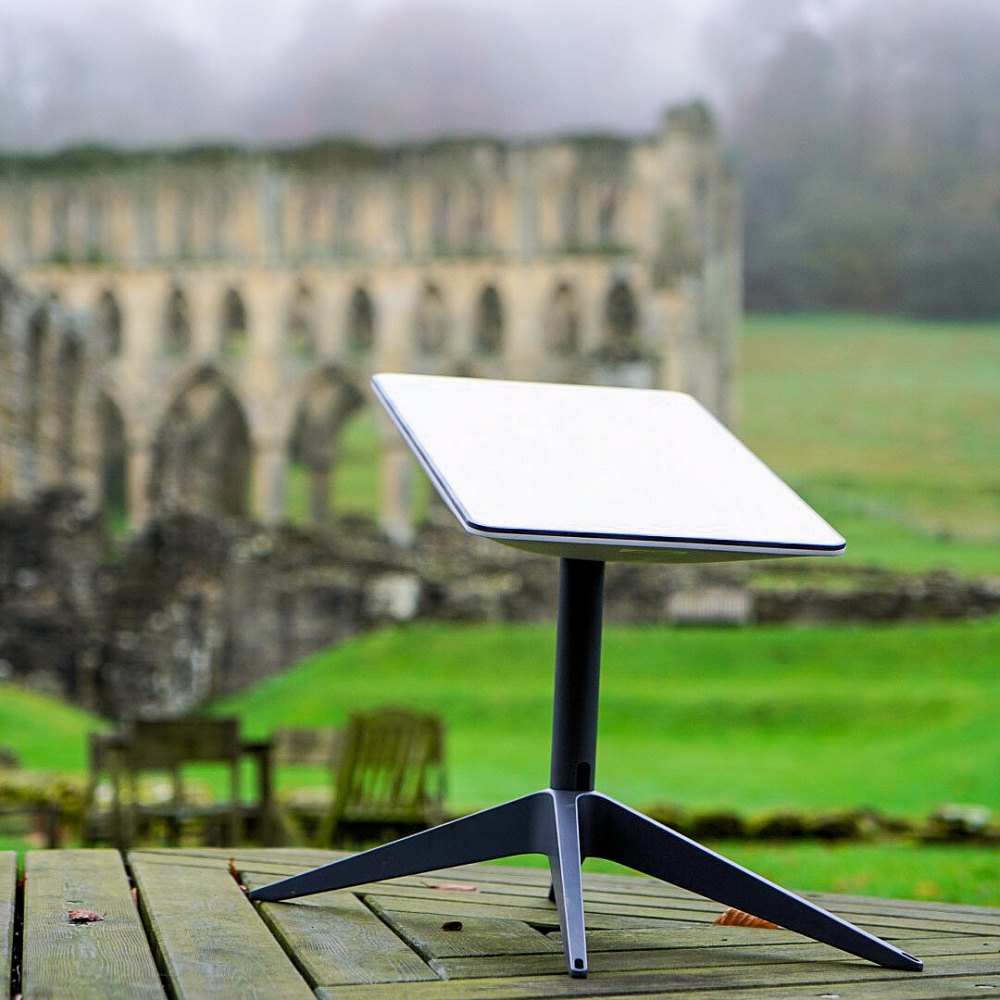
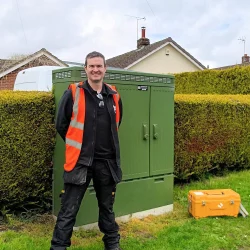
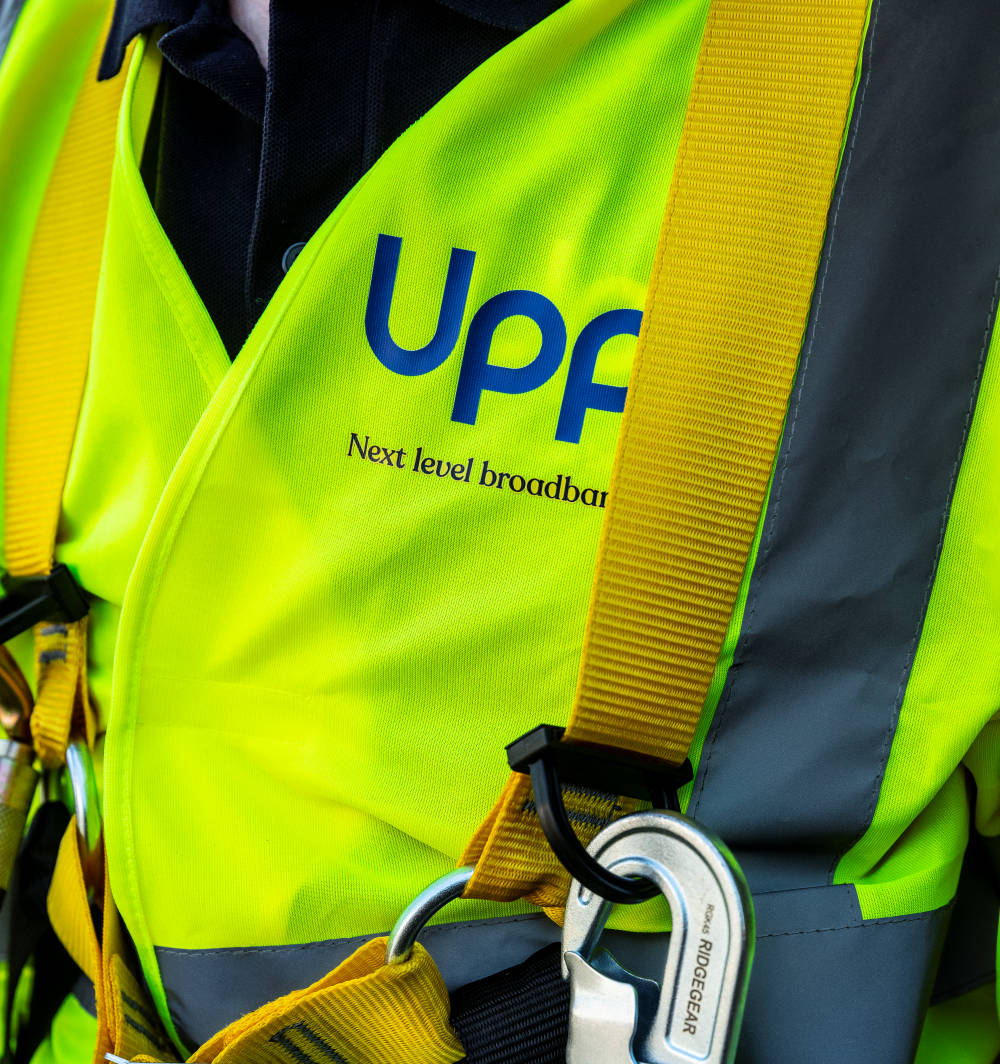

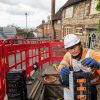

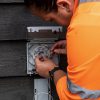








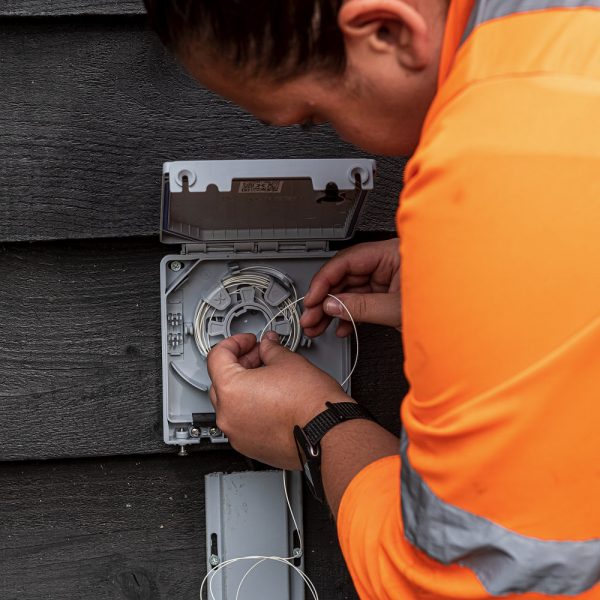
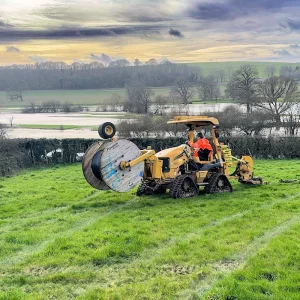

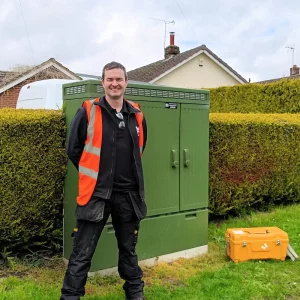































Comments are closed